Share
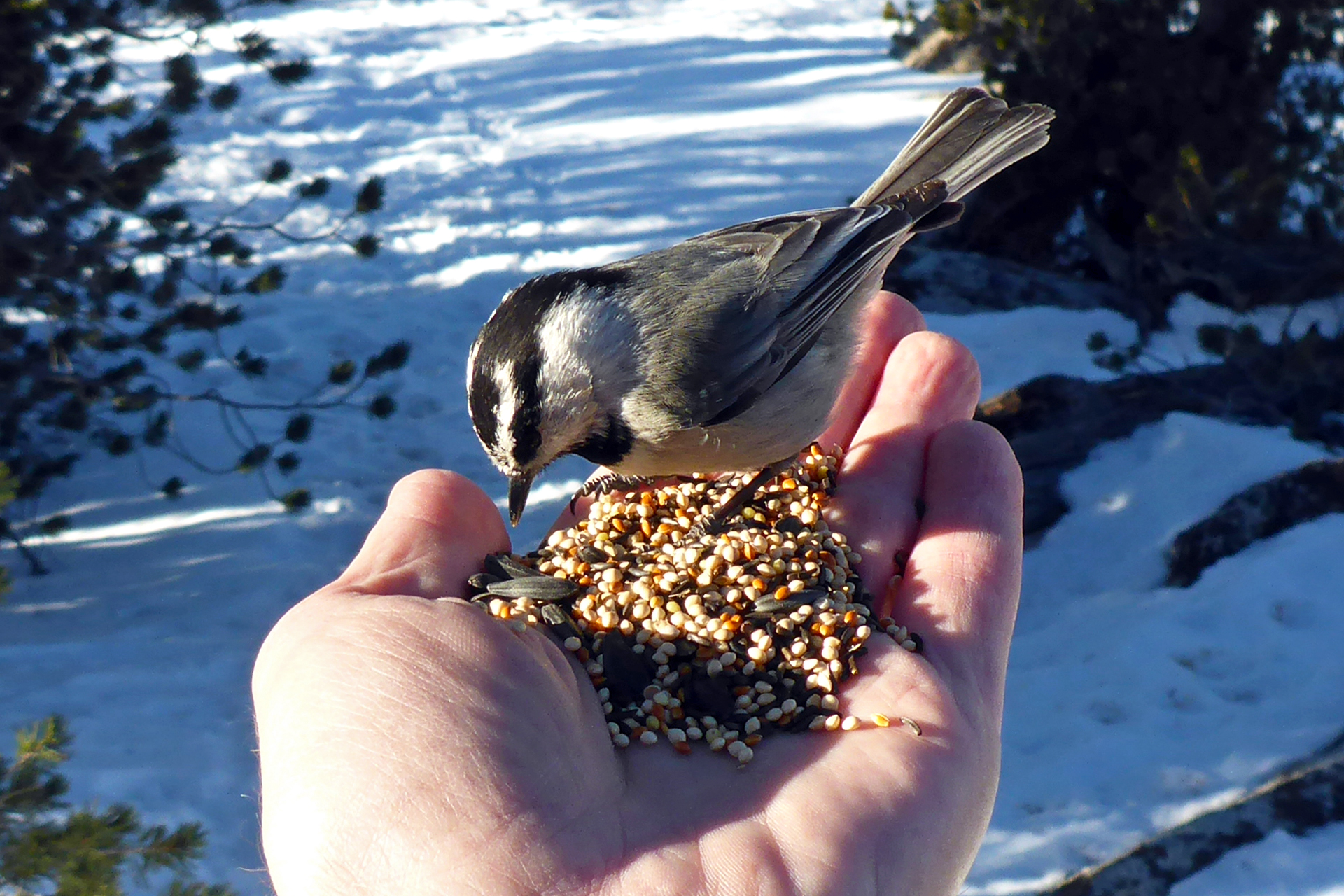
The Magic of Chickadee Ridge
Chickadee Ridge. You may have heard of it before, but what is it exactly? Chickadee Ridge is part of the Tahoe Meadows, just half a mile from the summit of Mt. Rose, and is part of the Tahoe Rim Trail. This area is a beloved hiking spot as it’s a relatively easy hike with lots to see along the way and the payoff of a beautiful view of Lake Tahoe for your efforts. During spring and summer, the Meadows are lush and green from snowmelt, with small creeks running through and sometimes mass wildflower blooms. In winter, the area is a hot spot for snow recreation, especially sledding and snow-shoeing, due to it being easy and free to access. Chickadee Ridge in particular is, well, a ridge on the edge of the Tahoe Meadows, but also offers an attraction all its own: a large native population of chickadees.
Chickadees are part of Paridae family of songbirds, which is over 50 species strong. While these little bids are found throughout the Northern Hemisphere and into Africa, they’re only called chickadees in North America. Around the rest of the world they’re known as tits, which you may have heard of before. We mean as a bird name, relax. The word “tit”, in this case, comes from an Old English word for “small” as these birds clock in at only 3 to 9 inches long, depending on the species. Why they’re called chickadees instead of tits here in America is a mystery, but the name chickadee likely originated from sounding out a common call that they make that sounds like “Chick-a-dee! Chick-a-dee!”. In Nevada, we have 2 species of chickadee: the Black-Capped Chickadee in the northeastern part of the state and the Mountain Chickadee throughout much of the northern and central parts. Both of these chickadees are also known as “cheeseburger birds”, not because of their go-to fast food order but due to their unique call that sounds like they’re tweeting “Cheeeeeseburger!” from their perches.
Mountain Chickadees mainly live in conifer forests and pinyon-juniper forests, which is why you find them in the Chickadee Ridge area where conifers are plentiful. In their native habitat, these birds eat insects and seeds from pine cones. The chickadees at Chickadee Ridge have a special behavior that makes this area a favorite wildlife encounter spot for locals and tourists alike though: Chickadee Ridge chickadees will accept food from humans!
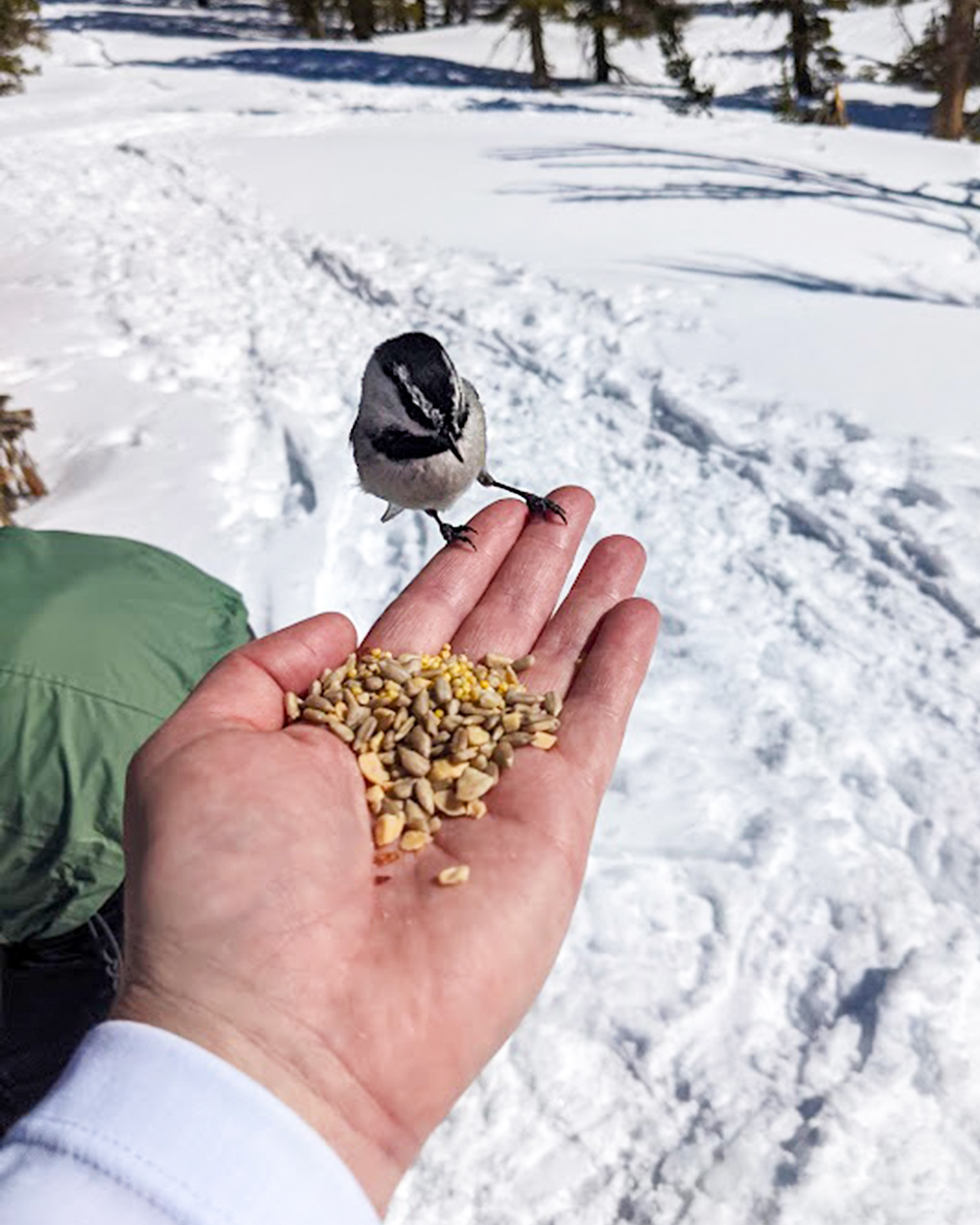
We don’t just mean food thrown on the ground either, these chickadees will happily come and land on you for a free meal. They’ll even eat right out of the palm of your hand! Some of the especially brave ones may land on you whether you have food or not in the hopes that they’ll get a snack from you. As a result, it’s a popular activity to go to Chickadee Ridge and feed the birds by hand. You can’t just feed them anything though! While the chickadees will take bread, crumbled granola bars, chips, and just about anything else you have collecting lint in your pocket, none of these things are healthy for them to eat. These human foods can actually cause fatal malnutrition for the little birds, especially in winter when every calorie counts towards their survival. Birds should only be fed bird feed. It doesn’t matter how good your intentions are, anything offered to birds that isn’t bird feed can have drastic negative effects on your feathered friends.
So how do you get bird feed up to Chickadee Ridge on your next hike? Simple! We offer little baggies of premium bird seed for free at all of our stores during the winter months. These baggies are small enough to keep in a pocket while containing plenty of seed to go around for your new chickadee friends. If you’re planning a trip during the warmer months, then buy a bag of black oil sunflower seeds or bird grade shelled peanuts and bring some with you up to the ridge. The chickadees live at Chickadee Ridge year-round, so they’ll check out food-bearing visitors no matter the time of year. Have your seed at the ready, keep the human food to yourself, and let the chickadees come find you for a mini feast!
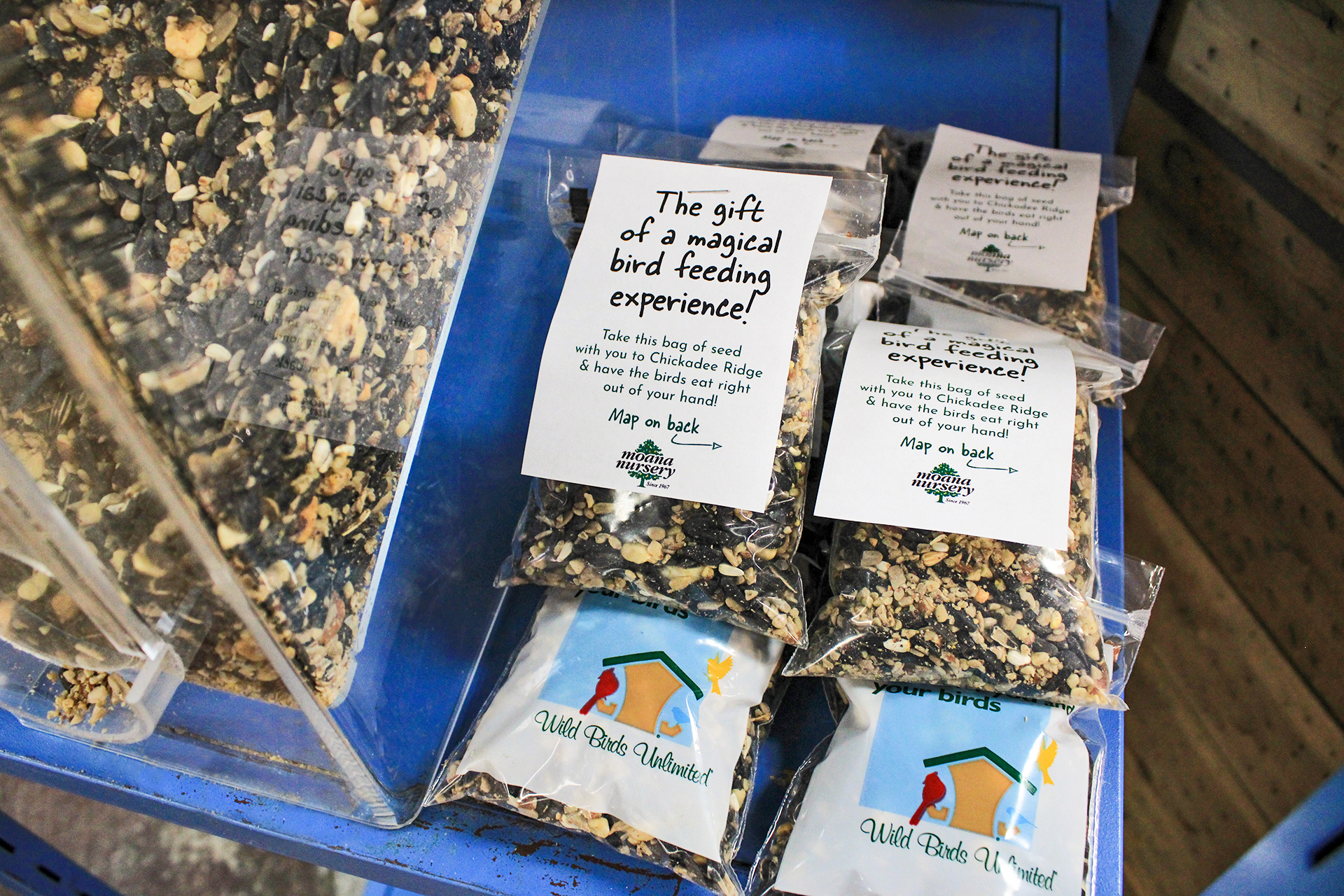
Mountain Chickadees will also come into the valleys during winter as they search for food. While these chickadees most likely aren’t keen on humans, they will gladly stop at bird feeders. If you’d like to attract some cheeseburger birds to your own home, stock up on black oil sunflower, shelled peanuts, peanut butter, and suet. Bird seed blends that contain a mix of these foods will also be a big hit with chickadees, as long as they can get their fill. Consider buying and setting out a pretty sizable quantity of seed or having multiple feeders in different locations so everyone gets a chance to eat. You can also use seed cylinders, which pack a lot of food into one super easy to use form, so you don’t have to worry about tedious feeder refilling or making sure the rest of the seed doesn’t spoil after opening the bag. Chickadees enjoy having some familiar cover such as conifer trees and evergreen shrubs too, so planting these in your yard can increase your chances of them stopping by. All birds appreciate a safe source of water as well, especially in winter, so we recommend setting up a bird bath with a de-icer this time of year to keep your local birds bathed and hydrated, chickadees included.
Whether you go visit them in their home or invite them to visit yours, we hope you enjoy the magic of interacting with chickadees!
If you have any questions, stop by any one of our three Moana Nursery garden centers or contact us online.
Share
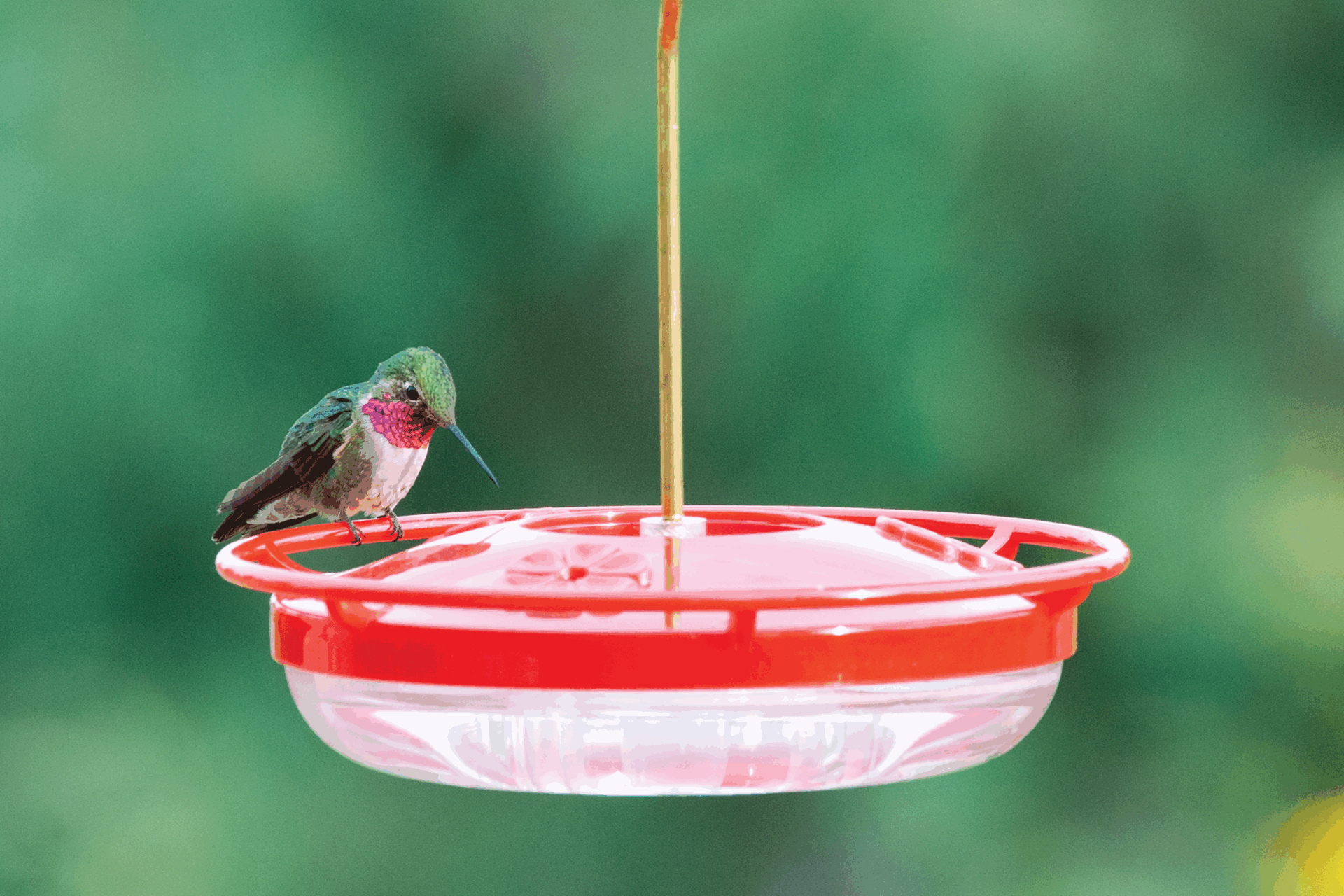
Here's everything you need to know about attracting hummingbirds to your garden in the high desert.
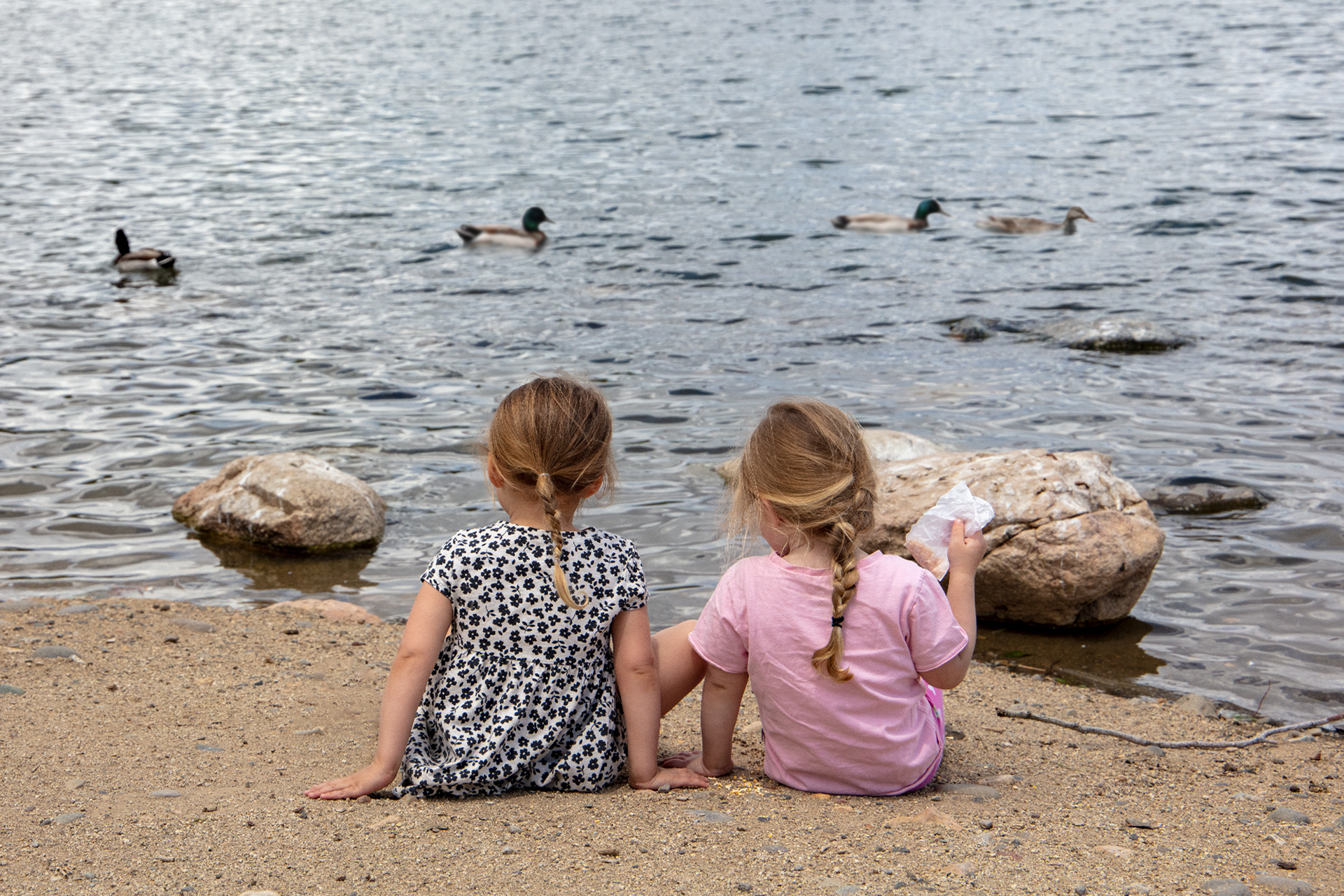
We love seeing families take the time to feed the local ducks and waterfowl, but it's important to do so responsibly.
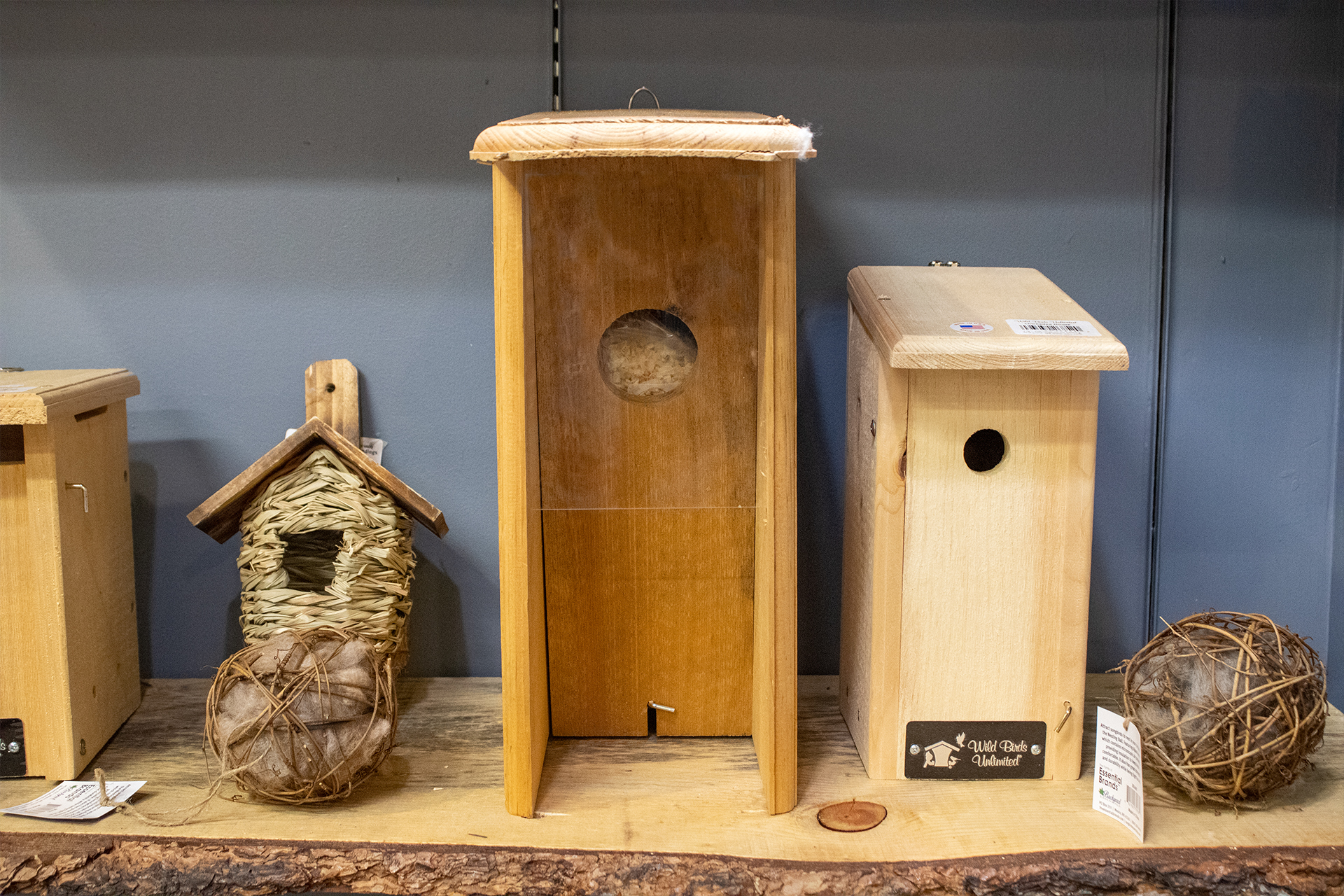
Choosing the right birdhouse helps ensure the safety and comfort of your nesting neighborhood birds.
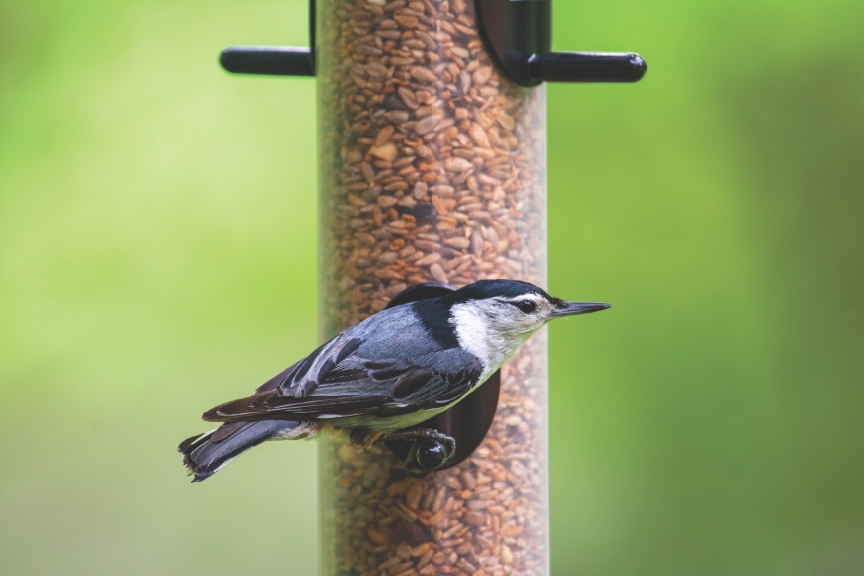
Concerns about bird flu often raise questions, here's how to continue enjoying safely feeding the birds.
